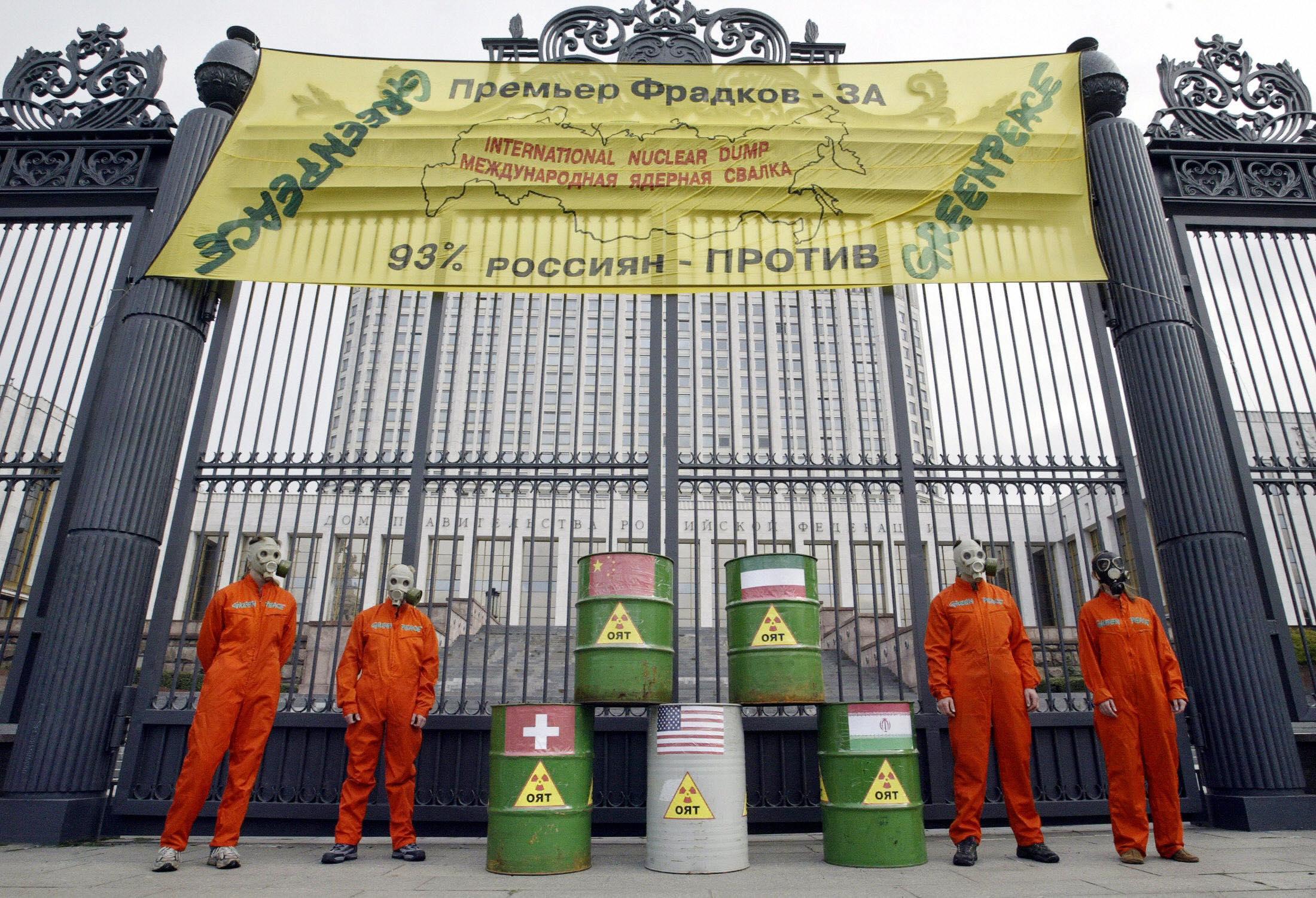Russia accused of 'cover-up' as authorities admit seeing dramatic spike in radiation - but refuse to investigate source
'You can’t help but be reminded of Chernobyl. That secrecy damaged a lot of people’s lives'

Your support helps us to tell the story
From reproductive rights to climate change to Big Tech, The Independent is on the ground when the story is developing. Whether it's investigating the financials of Elon Musk's pro-Trump PAC or producing our latest documentary, 'The A Word', which shines a light on the American women fighting for reproductive rights, we know how important it is to parse out the facts from the messaging.
At such a critical moment in US history, we need reporters on the ground. Your donation allows us to keep sending journalists to speak to both sides of the story.
The Independent is trusted by Americans across the entire political spectrum. And unlike many other quality news outlets, we choose not to lock Americans out of our reporting and analysis with paywalls. We believe quality journalism should be available to everyone, paid for by those who can afford it.
Your support makes all the difference.Russia has finally confirmed that it measured increased levels of radioactive activity in the Urals, some weeks after French officials said it may have been due to an "accident" at a Russian or Kazakh nuclear facility.
The state had, in fact, measured increased levels of the Ruthenium-106 isotope in the Southern Urals. But there was nothing to be worried about, said the head of the Russian Metereological Service, Maxim Yakovenko. Yes, the levels might have been several hundred times background levels, but they were still safe for the general public. In any case, in Romania, the figures were at least 50 per cent higher.
The civil servant then told the Interfax news agency he had had “no idea” where the radiation came from: “Why would you look for the source when there isn’t any danger?”
Mr Yakovenko’s admission had followed earlier denials by official Russian bodies.
On 11 October, Rosatom, the State Atomic Energy Corporation, released a statement dismissing French and German claims of a nuclear leak from the Urals in late September. Such conclusions were “baseless,” the corporation declared: Only St Petersburg, on Russia's western border, had measured elevated levels of Ruthenium-106.
“Radiation levels at all atomic facilities in Russia are in line with natural background levels,” claimed Rosatom.
The Meteorological Service apparently also neglected to tell local authorities of increased radiation levels at the time. Writing on Facebook, Yevgeny Savchenko, the Minister for Public Safety of the Chelyabinsk region, confirmed that his office received no warnings. “It was only when the media hysteria began that we asked for explanations from both Rosatom and the Meteorological Service,” he said.
Both agencies are legally obliged to report "dangerous" leaps in radiation levels.
The highest concentrations of radiation were, as the minister noted, observed around the Mayak nuclear reprocessing plant. The plant is located near Ozyorsk, a closed town 45 miles north of the heavily industrialised city of Chelyabinsk.
It is not the first time the Mayak plant has made headlines. On 29 September 1957, an explosion at the site led to the release of radiation over an area of over 20,000 square miles. The accident remained secret until 1976 and is to this day the world’s third worst nuclear accident.
The present-day Mayak plant has been a target for activists, who say managers have not learned the lessons of the 1957 disaster. They claim they increased production targets have come at the cost of safety.
Greenpeace has identified the plant as the likely source of the leak. "The fact that it has already been admitted that Ruthenium-106 was present in the atmosphere around Mayak makes that an absolutely natural assumption," said Rashid Alimov, head of the Energy Unit at Greenpeace Russia.
In a statement released on Tuesday, the organisation said it would ask Russia’s General Prosecutor to begin an official investigation into what it describes as a "cover-up."
On Tuesday, the Mayak management denied it has anything to do with the increased levels of radiation. The company had done no work that in recent years that could lead to the emission of Ruthenium-106 into the atmosphere, a website statement claimed: “The background radiation around the plant remains normal.”
Cheryl Rofer, a nuclear chemist, retired for the Los Alamos National Laboratory told The Independent that the leak, if that is what it was, likely occurred as a result of a breach in air filtration systems. Given that only one isotope has been registered, the breach almost certainly happened far down the processing line.
So far, the international community does not know enough to speculate about dangers the leak may bring with it, the scientist said. The levels observed in Europe are not enough to do damage to human health — “but we can’t be so sure about Russia".
The secrecy around the incident made it “all the more puzzling.”
“You can’t help but be reminded of Chernobyl — back then the Soviets wouldn't talk even when everyone else was detecting the radionuclides,” she said.
“That secrecy damaged a lot of people’s lives — and it’s also what told Gorbachev there was something seriously wrong with the regime.”
Join our commenting forum
Join thought-provoking conversations, follow other Independent readers and see their replies
Comments